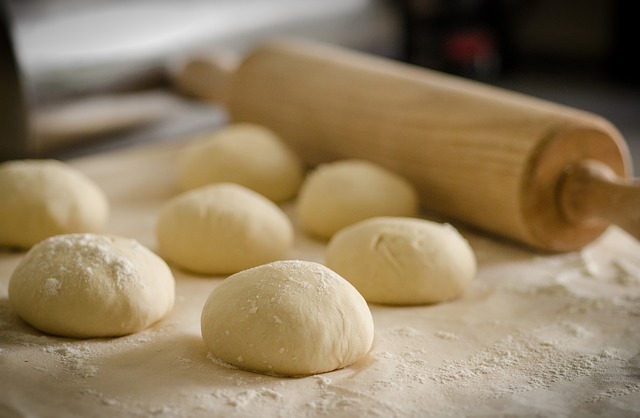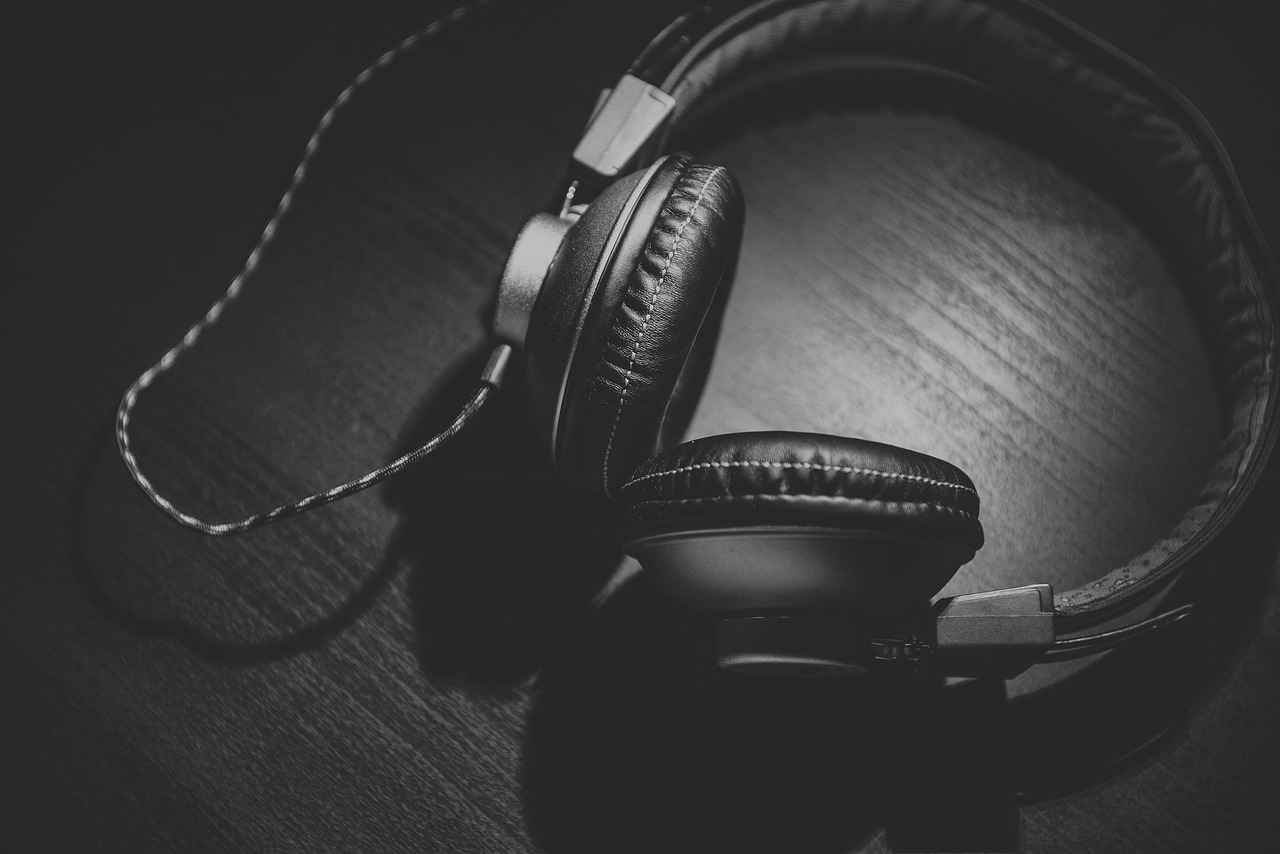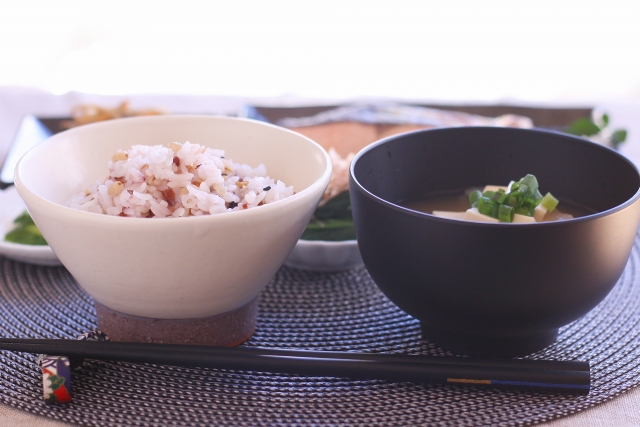I was asked from one of my friends whose niece has a serious gluten allergy, and she was planning to go to Japan. My friend wanted to know if her niece can survive in Japan even she couldn’t speak Japanese.
So, I researched some information about gluten-free food and restaurants in Japan, products in supermarkets, also if there is an organization to help gluten-allergic people.
I am not an expert on allergy, but I want to share the information that I got because some of them could be useful for you.
Gluten-free restaurants in Japan

Actually the gluten allergies is not very common in Japan, yet. However, Japanese people take gluten-free-diet as a sort of TREND to keep fit or to lose their weight.
There are some gluten-free restaurants and bakeries, they are mainly located in Tokyo. These Japanese websites may be useful:
https://www.tripadvisor.jp/Restaurants-g298184-zfn462-zfz10992-Tokyo_Tokyo_Prefecture_Kanto.html
http://macrobiotic-daisuki.jp/guluten-free-cafe-restaurant-tokyo-18128.html
Some ‘trendy’ Japanese people can understand “グルテンフリー” (means ‘gluten-free’ in Japanese, it almost sounds the same as English words), but most of them don’t really know about what gluten is.
In Japan, most people don’t understand how serious it could be. A gluten-free diet is considered just as people’s preference. So, I think it is better to tell them that you have a bad allergy, even if it is ‘gluten-free’ restaurants so that people will be very careful to cook your food.
Gluten-free food products in the supermarkets in Japan
Unfortunately, it is not very easy to find gluten-free food products in supermarkets in Japan, either.
Here is the list of popular Japanese food (some of them are not really Japanese, though) which you should NOT eat if you have a gluten allergy.
・うどん(Udon :https://en.wikipedia.org/wiki/Udon)
・雑穀米(Zakkokumai : millet? https://ja.wikipedia.org/wiki/%E9%9B%91%E7%A9%80
・ラーメン(Ramen :https://en.wikipedia.org/wiki/Ramen
・ワンタン( Wantan : https://en.wikipedia.org/wiki/Wonton
・冷やし中華 (Hiyashi-tyuka : https://en.wikipedia.org/wiki/Hiyashi_ch%C5%ABka
・お好み焼き (Okonomiyaki : https://en.wikipedia.org/wiki/Okonomiyaki
・チヂミ (Chidimi : https://en.wikipedia.org/wiki/Buchimgae
・餃子 (Gyoza : https://en.wikipedia.org/wiki/Jiaozi#Gy%C5%8Dza
・シューマイ (Shuumai : https://en.wikipedia.org/wiki/Shumai
・春巻き (Harumaki : https://en.wikipedia.org/wiki/Spring_roll
・タコ焼き (Tako-yaki :https://en.wikipedia.org/wiki/Takoyaki
・コロッケ (Korokke : croquettes, https://en.wikipedia.org/wiki/Korokke
・とんかつ (Tonkatsu : https://en.wikipedia.org/wiki/Tonkatsu
・エビフライ (Ebi-furai : https://en.wikipedia.org/wiki/Fried_prawn
‘Furai’ means deep fried food with Panko (Bread crumbs), using flour.
・唐揚げ (Kara-age : deep fried chicken, sometime it doesn’t include flour, when used potato starch only)
・天ぷら (Tempura : https://en.wikipedia.org/wiki/Tempura)
・ハンバーグ (Hanbaegu : https://en.wikipedia.org/wiki/Hamburg_steak
・つくね (Tsukune : https://en.wikipedia.org/wiki/Tsukune
・カレー (Curry : Japanese curry with rice)
・クリームシチュー ( Cream stew
・麩(ふ) (Fu : https://ja.wikipedia.org/wiki/%E9%BA%A9, no English. Sometime we have this in the Miso soup; https://en.wikipedia.org/wiki/Miso_soup)
・せんべい (Senbei : https://en.wikipedia.org/wiki/Senbei
・たい焼き (Tai-yaki : https://en.wikipedia.org/wiki/Taiyaki
・どら焼き (Dora-yaki : https://en.wikipedia.org/wiki/Dorayaki
・人形焼き (Nin-gyo-yaki : https://ja.wikipedia.org/wiki/%E4%BA%BA%E5%BD%A2%E7%84%BC, no English
・まんじゅう (Manju : https://en.wikipedia.org/wiki/Manj%C5%AB
・かりんとう (Karintou : https://en.wikipedia.org/wiki/Karint%C5%8D
・カステラ (Kasutera : https://en.wikipedia.org/wiki/Castella
・肉まん (Nikuman: https://en.wikipedia.org/wiki/Nikuman
・あんまん (Anman; see Nikuman page↑)
Japanese Soba (そば or 日本そば https://en.wikipedia.org/wiki/Soba) is a tricky one. It sometimes includes flour, sometimes doesn’t. When it says “十割そば(Towari-soba)”, it should be gluten-free.
more info: https://croissant-online.jp/topics/46841/ (Japanese only)
Useful Japanese words and phrases
I also pick up some Japanese word and phrases which might be useful when you have a gluten allergy and you are not confident of your Japanese.
Flour is 小麦粉(Komugiko) in Japanese.
These phrases may be useful :
私はグルテンアレルギーがあります。 I have a gluten allergy.
私は小麦粉アレルギーです。 I am allergic to flour.
私は小麦粉が食べられません I cannot eat flour.
I know it is not only about flour, but if you say “私はグルテンアレルギーがあります(I have allergies to gluten),” people might not understand what the gluten is.
Here are raw materials in Japanese, which include gluten :
小麦 デュラム小麦 ヒトツブ小麦 セモリナ小麦
スペルト小麦 ブルグア小麦 カムット小麦 ライ小麦
ライ麦 大麦 オーツ麦
If you find some of them on the levels of food products in supermarkets, you should NOT eat or drink it.
Is there any organization to help gluten-allergic people?
The gluten is everywhere in this world including Japan, so it’s not easy to find safe food for gluten-allergic people.
I tried to find if there is any organization who can support specifically gluten-allergic people, but I couldn’t so far. If I can find some more information, I will write again.


Comments